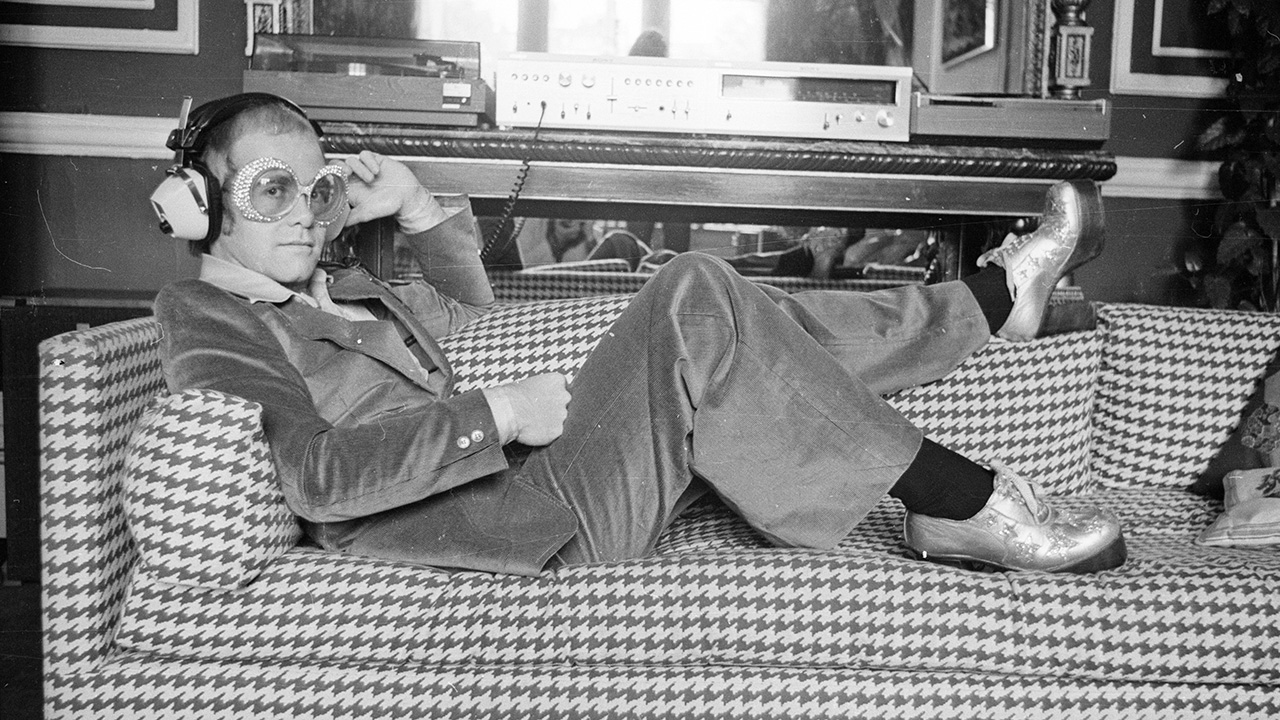Why should you buy over-ear headphones?
We highlight the pros and cons of wearing those musical ear muffs also known as over-ear headphones

If you’re in the market for a pair of the best headphones for music there’s one decision you need to make before you go any further: do you want some that go in your ears or over them?
The first thing we should point out is that we’re using ‘over-ear’ here as a catch-all term to differentiate between the best n-ear headphones. But as well as the best over-ear headphones – ones that have cups that literally cover your entire ear when you wear them – there’s also a sub-genre of on-ear headphones that are smaller and, as the name suggests, sit against your ear rather than covering the whole thing.
The fit is the main difference but both types also have different characteristics that might help you to make your decision. Because the former sit over your entire ear, forming more of a seal, they tend to leak less sound, whereas on-ears can disturb others around you if you pump the volume up a bit too loud.
That’s not always the case though. You can get over-ear headphones that are known as ‘open-back’, which means the ear cup isn’t a solid enclosure but rather has gaps, meaning sound from the outside world can get in and anybody nearby gets to hear what you’re listening to. That only really makes them suitable for home listening where you have more control over the environment around you.
So why buy on-ear or over-ear headphones in the first place? For starters, not everybody likes shoving stuff in their lugs and even the most comfortable in-ear headphones can start to hurt after a while, but the fact that they’re physically larger means the drivers (the bits inside that actually move to make the sound) are also bigger. This usually allows for better bass performance in particular, but also a more dynamic, balanced sound in general. That’s not always the case, of course, but that’s the theory.

This extra size obviously has a less beneficial impact on the practicality of over-ear headphones. Where do you keep them when they’re not on your head? Wear them around your neck all the time and you run the risk of looking like Steve Buscemi in that ‘How do you do, fellow kids?’ meme, so it’s fairly fortunate that lots of wireless pairs are now collapsible. While they won’t necessarily fold down small enough to squeeze into a coat pocket, it’ll make them significantly less bulky than before, but it’s still something to bear in mind when you’re thinking about where you’ll use them most.
On-ears and over-ears tend to be more comfortable to wear for long periods too, although hot weather can really make your ears overheat, and on-ears sometimes grip your head a little too tightly, which can cause aching if you have them on all day.
The latest news, features and interviews direct to your inbox, from the global home of alternative music.
There’s another major benefit to their larger size, though, and that’s battery life. A lot of the best over-ear headphones you can buy now are wireless, which means they need power. Batteries take up space that in-ear headphones just can’t offer without including an unwieldy neckband or separate battery pack, but with over-ears that’s not such a problem. That means you’ll often find they can keep on playing for 20+ hours. In fact, Audio-Technica’s new ATH-SR30BT have a frankly absurd 70-hour battery life.
Do you know what also needs power? Active noise-cancelling tech. This is found in pretty much all the best wireless headphones, including some of the best budget wireless headphones, and the best budget noise-cancelling headphones you can buy and uses microphones built into the ear cups to listen to the world around you and counteract the external racket, meaning you can listen to your music in peace. If you want to know more about those, you can read our explainer on them.
Further recommendations...
- The best bluetooth speakers you can buy right now
- Best headphones 2020: supercharge your music listening
- The best budget wireless headphones: wire-free and wallet-friendly
- Best in-ear headphones: Louder’s top choice wired and wireless earbuds
- The best phones for music
- Less noise, more rock with the best noise cancelling headphones
- The best wireless headphones you can buy right now
- Block out noise, turn up the music with the best noise-cancelling headphones
- Best over-ear headphones: great options to suit all budgets
- The best smart speakers: find the right voice-assisted speaker for you
- View the Best Apple Airpods deals
- Shop for the best Bose deals
- Explore our pick of the best Sony headphones deals
- Check out the best Beats headphones deals
